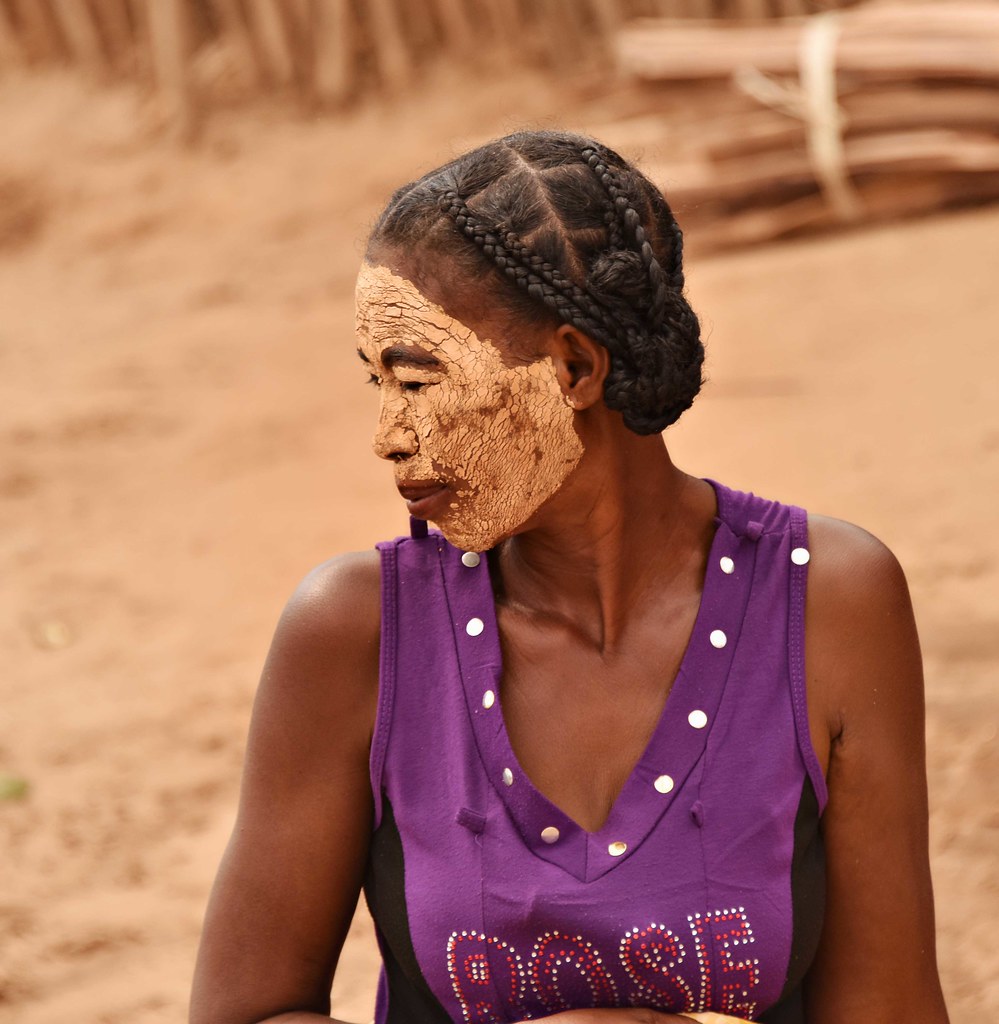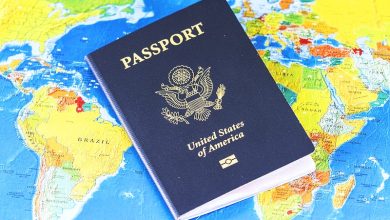Majang People in Ethiopia: Language, Culture and Economy

The Majang People, or Majangir, live in southwestern Ethiopia and communicate in the Nilo-Saharan language of the Surmic bunch. They live dissipated on the slopes in scattered settlements. They live around urban areas of Tepi, Mett’i, and dissipated southwest of Mizan Teferi and towards Gambela.
The Majang People are farmer Nilotic-talking individuals of Surmic beginning possessing the southwestern Ethiopian district of Gambella, particularly in Tipi. Their residence region presently goes from South of Gurafarda to the little woods around Metu.
The region in which they exist together with different clans is the most thickly forested in the Region and they also rely upon woodland assets for their job. They are especially noted as honey makers for which the woodland biological system is basic. Besides, for all populace bunches, the environment gives various other fundamental assets, including wood for apparatuses, grass for estates, wild food, restorative and other helpful plants, and admittance to water assets.
Also Read: Why Ethiopians Celebrate Christmas on January 7
Gambella Region of the Majang People

Large numbers of little investors are taking part in developing oil seeds, cotton, maize, peanuts, and organic product trees. Gambella is situated in the super west of the nation and offers a long line as well as numerous biological highlights with southern Sudan. While in populace terms it is moderately meagerly settled (not exactly a portion of 1,000,000 occupants), the Region in any case has a novel environment and is enormously wealthy in biodiversity and wildlife.
One of the main “stowed away fortunes” of Gambella is its assorted natural life. There are nearly twenty or so significant wild creature species in the space of which a few are of worldwide importance. There is a huge natural life movement that happens occasionally among Gambella and the Sudan, and specialists accept that this is the second biggest natural life relocation on the planet, after that of the Serengeti in east Africa.
The significant creature species are the white-eared kob, Nile lechwe, hartebeest, roan gazelle, giraffe, bison, warthog, waterbuck, and elephant. There is likewise a variety of bird life along the streams and in the wetlands. The number of inhabitants in the white-eared kob is assessed to be around 750,000 of which about 255,000 make their territory in Gambella while the rest are in Sudan.
Also Read: The Ethiopian Bible is the Original Bible and the Best Bible Version
Language
The Majang People speak a dialect of the Surmic language. Majangir language is essential for the Surmic bunch, but it is the most detached language in that group (Harold C. Fleming 1983). A language study has shown that lingo variety from north to south is minor and doesn’t genuinely obstruct correspondence
Culture of Majang People
Majang People customarily lived in little gatherings, cultivating for three to five years, then continuing on as the fertility of the land lessened.
They were dynamic honey bee guardians, gathering honey from hives comprising of emptied logs put in trees. Majang did some hunting and catching games and caught fish.
Majority of their own food is cultivated.
Food creation has changed since Stauder’s time. The absolute most clear change is that individuals are currently living in long-lasting settlements. Domesticated animals were not customarily raised, yet numerous Majangir has started limited scope animals raising since around 1980. Likewise, they have started establishing leafy foods trees, establishes that require various years to create a yield.
The Majang People generally had an exceptionally populist society, with no standing political figures. The main individuals in true positions were individuals in the job of “tapad”, who filled in as ceremonial leaders. These were from the Meelanir faction, a gathering that has joined with comparative named favored tribes in other Surmic gatherings (Unseth and Abbink 1998).
If there should be an occurrence of a serious conflict, one party would basically move away. There was no standard social compromise system as is tracked down in high country Ethiopian societies.
The Majang People have over 70 tribe families, with faction characters going down through the male line. An individual can’t wed an individual from a similar faction (exogamy), nor would it be a good idea for them they wed an individual from their mom’s group.





